SEO Marketing Agency Bay Area
On Page SEO

What is On-Page SEO?
On-page SEO refers to the practice of optimizing individual web pages to improve their search engine rankings and attract more relevant traffic. This process focuses on making adjustments within a website, such as optimizing content, meta tags, keywords, headings, URLs, and internal linking structures, all to improve visibility on search engines. In essence, on-page SEO ensures that search engines can easily understand the context of a webpage, which can lead to higher rankings and better user engagement.

Difference Between On-Page and Off-Page SEO
While on-page SEO involves elements directly on your website, off-page SEO encompasses actions taken outside of your website to impact your rankings. Off-page SEO typically focuses on building backlinks, social media marketing, guest blogging, and influencer partnerships to boost a website’s credibility and authority.
- On-Page SEO: Controls elements within your website, like optimizing content, HTML source code, keyword density, and user experience (UX) factors.
- Off-Page SEO: Involves building a positive online reputation and authority through backlinks, social signals, and partnerships to drive traffic and credibility.
Each strategy supports the other; an optimized on-page setup lays a strong foundation for your site, while off-page tactics enhance its authority and reach.
Factors to optimize on-page SEO ranking
Optimizing on-page SEO is essential for improving a website’s visibility in search engine results. On-page SEO focuses on refining content and website elements to make it more accessible and valuable to both users and search engines.
Keyword Optimization
Keyword research is the foundation of on-page SEO, ensuring that content aligns with what users are actively searching for. Start by identifying primary keywords (the main topics) and secondary keywords (related terms or subtopics) relevant to the page’s content and purpose.
For effective placement, use these keywords strategically in the title, headings, introductory paragraph, and concluding sections. To align with search intent, consider keywords based on user purposes, such as informational (users seeking knowledge) and transactional (users intending to purchase or convert).
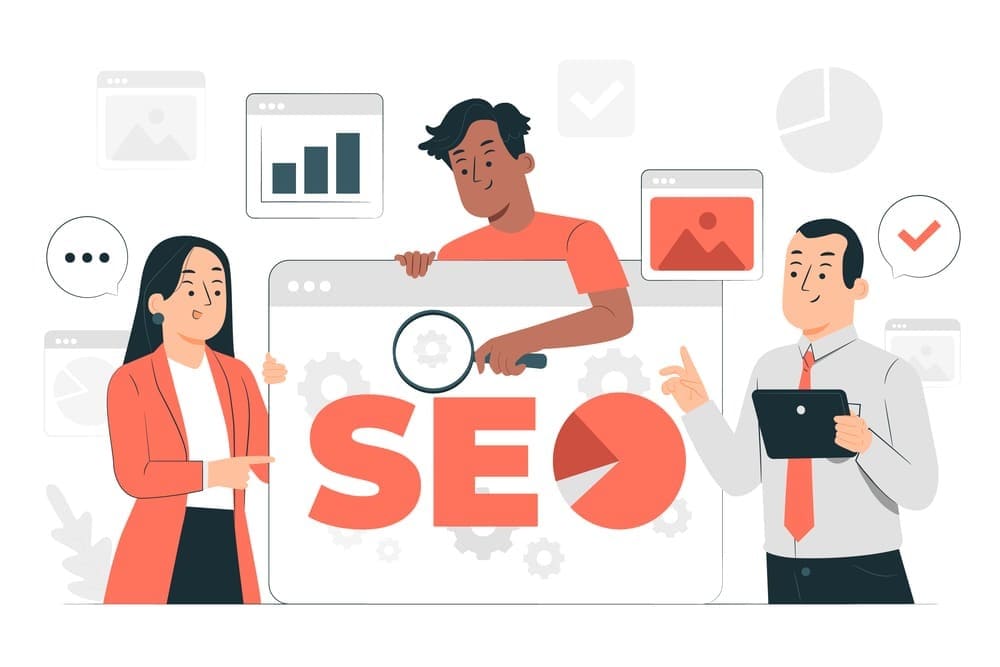
This targeted approach helps attract traffic that’s genuinely interested in the content or offerings on the page, which can lead to increased engagement and conversions.
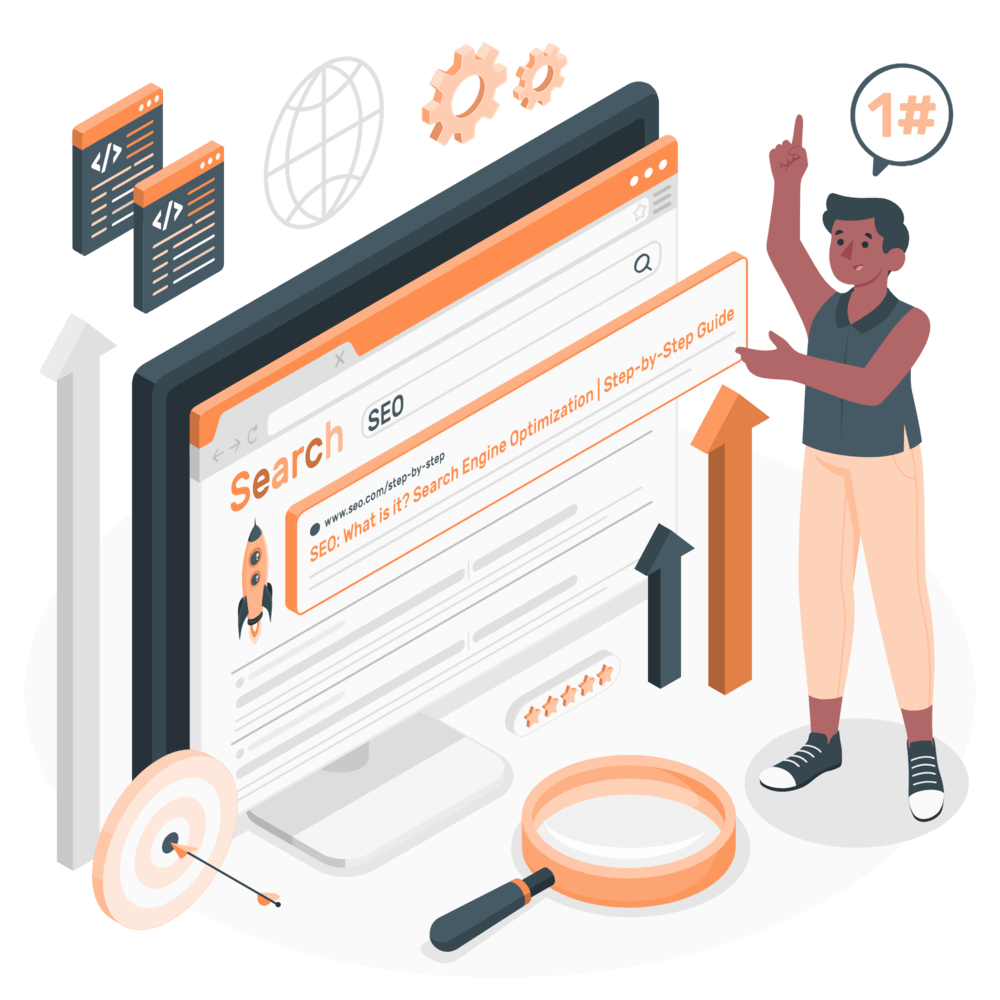
Title Tags & Meta Descriptions
Title tags and meta descriptions are crucial for enticing users to click through to your page from search engine results. Title tags should be unique, clear, and under 60 characters, while also incorporating primary keywords to signal relevance to both search engines and users.
Meta descriptions, typically around 155-160 characters, should naturally integrate keywords and offer a concise summary of what the page is about.
Although meta descriptions aren’t a direct ranking factor, a compelling description can boost click-through rates (CTR), indicating to search engines that the content is valuable and relevant, which can improve overall search rankings.
Header Tags (H1, H2, H3)
Using header tags to structure content helps enhance readability and SEO. The H1 tag should feature the main topic of the page, while H2 and H3 tags organize subtopics, making it easier for both users and search engines to understand the content hierarchy.
Each header tag should include relevant keywords where possible to reinforce page relevance and improve scannability.
This structured approach to content layout not only improves the user experience but also signals to search engines that the page is well-organized and informative.

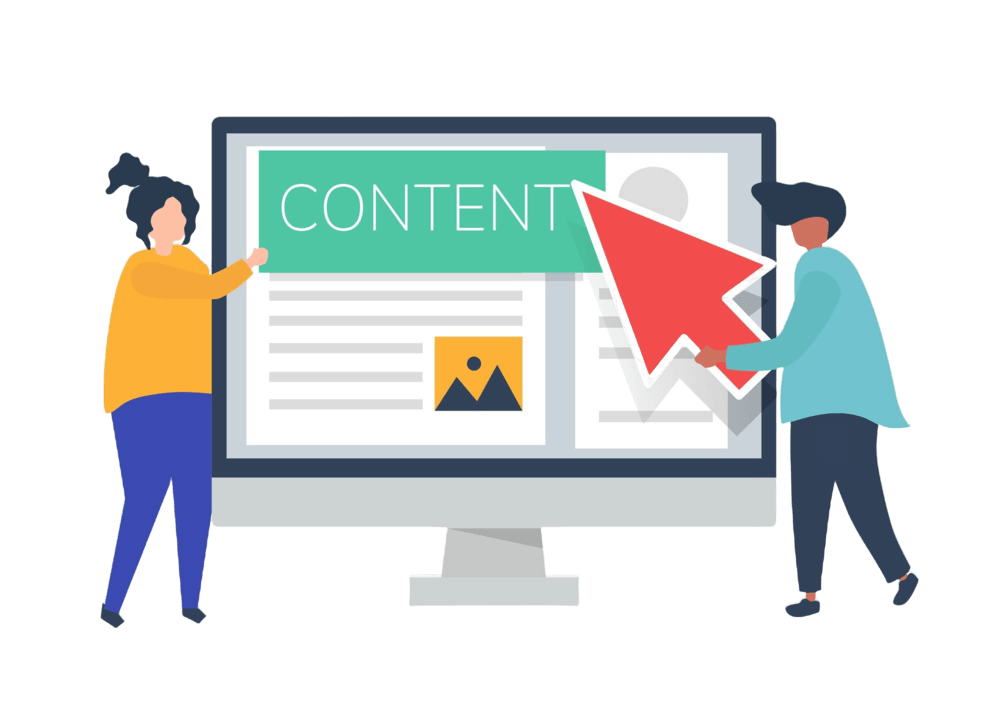
Content Quality & Relevance
High-quality, original content is essential for on-page SEO, as it directly influences user satisfaction and engagement. The content should provide clear value, address user queries comprehensively, and be presented in a manner that is easy to understand.
Aim for a balanced keyword density of around 1-2%, ensuring keywords are present without overwhelming the content. Relevant, well-researched information and an engaging tone improve readability and encourage users to stay on the page longer, reducing bounce rates.
Search engines favor pages that are both user-centric and informative, rewarding them with higher rankings.
URL Structure
A simple, descriptive URL structure improves both SEO and user experience by clearly conveying the page’s subject matter. Short URLs containing primary keywords (e.g., “/services/seo-palo-alto”) are more likely to rank better than long, complicated ones.
Avoid using unnecessary numbers, symbols, or complex structures, as search engines prefer URLs that are concise and straightforward.
Descriptive URLs make it easier for users to understand what the page is about, which can improve click-through rates from search engine results.


Internal Linking
Internal linking connects related pages within your site, distributing link equity across various pages while improving site navigation.
When setting up internal links, use descriptive anchor text that naturally incorporates keywords, helping users and search engines understand the content of the linked page.
Effective internal linking enhances the user experience by guiding visitors to related content, which keeps them engaged on your site longer. It also aids search engines in crawling and indexing your pages more effectively, ultimately boosting the relevance and authority of your content.
Image Optimization
Images add visual appeal to content, but they need to be optimized to avoid slowing down the page. Compress images to reduce file sizes, ensuring quick load times without sacrificing quality.
Use descriptive, keyword-rich file names and add alt text for each image, as this improves accessibility for visually impaired users and provides search engines with context about the image.
Optimized images not only enhance user experience but also improve image SEO, potentially driving more organic traffic through image search.

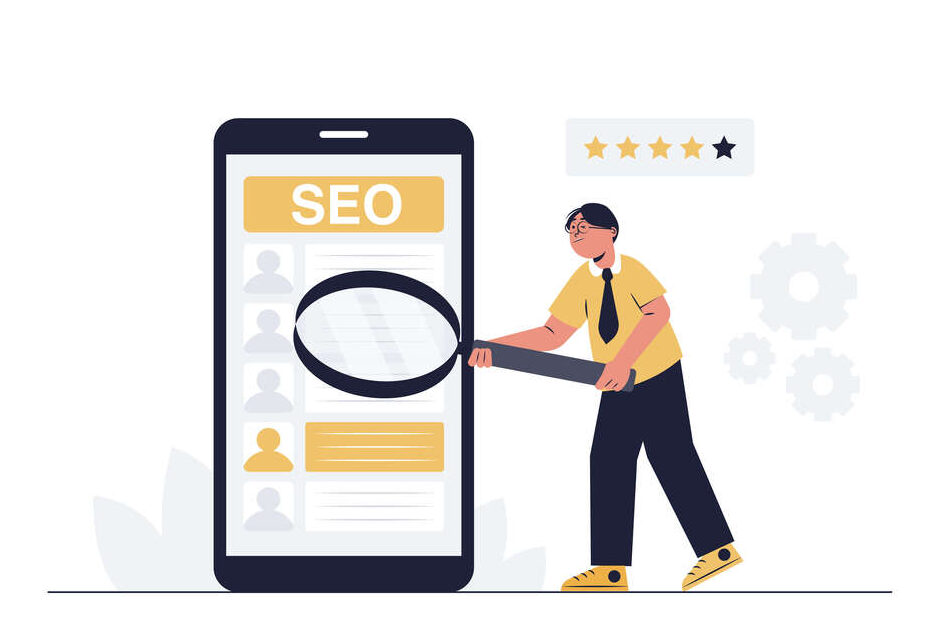
Mobile Responsiveness
With mobile devices accounting for a significant portion of internet traffic, ensuring mobile responsiveness is crucial for on-page SEO.
A responsive design adapts to different screen sizes, providing a seamless user experience on any device. Test the site’s usability across various screen sizes to ensure all users have a smooth experience.
As Google uses mobile-first indexing, optimizing for mobile responsiveness improves ranking potential and reduces bounce rates, especially among mobile users.
Page Load Speed
Page speed is a direct ranking factor, as search engines favor fast-loading sites. Slow load times can lead to higher bounce rates, negatively impacting SEO performance.
To enhance page speed, compress images, enable browser caching, and optimize scripts. Implementing these steps can significantly improve user retention and page rankings, as users are more likely to engage with a site that loads quickly.
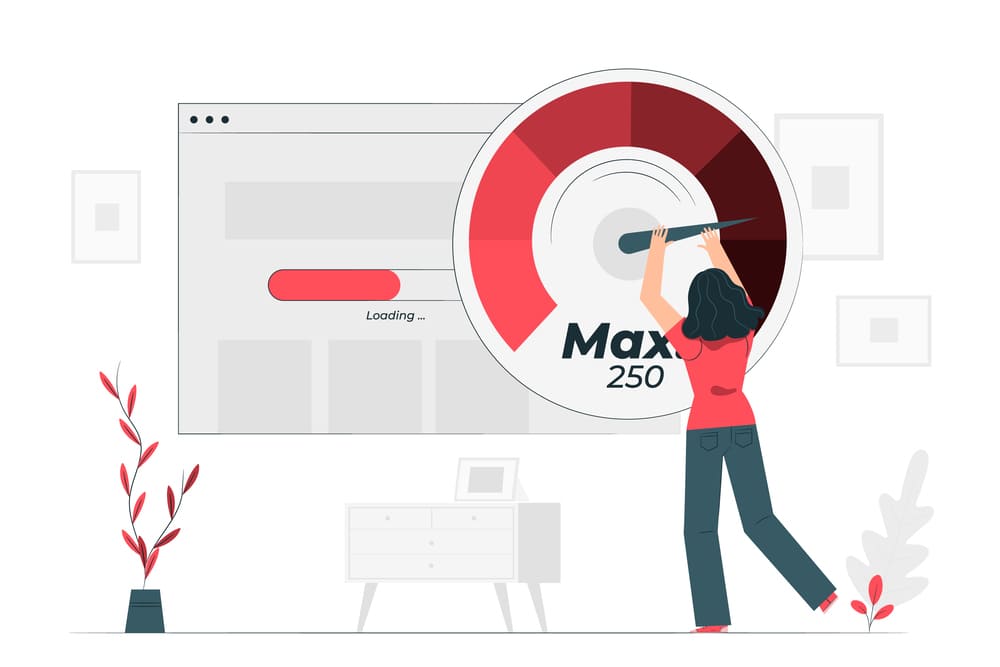

Structured Data Markup (Schema)
Implementing structured data (schema markup) allows search engines to understand page content better, which can enhance visibility through rich snippets, like reviews or event details.
Using schema for specific types, such as LocalBusiness schema for local SEO, provides search engines with context and can improve CTR by making search results more informative and attractive.
Rich snippets offer users a snapshot of the page’s content directly in the search results, driving higher-quality traffic.
User Experience (UX) Optimization
User experience is a significant factor in on-page SEO, as a positive experience encourages longer site visits and increases the likelihood of conversions.
Ensure a clean, intuitive layout, readable fonts, and clear calls to action that guide users effectively. Adequate white space and a logical flow improve readability, making it easier for visitors to navigate the content.
A well-designed user experience contributes to lower bounce rates and increased time on page, both of which are positive signals for search engines.
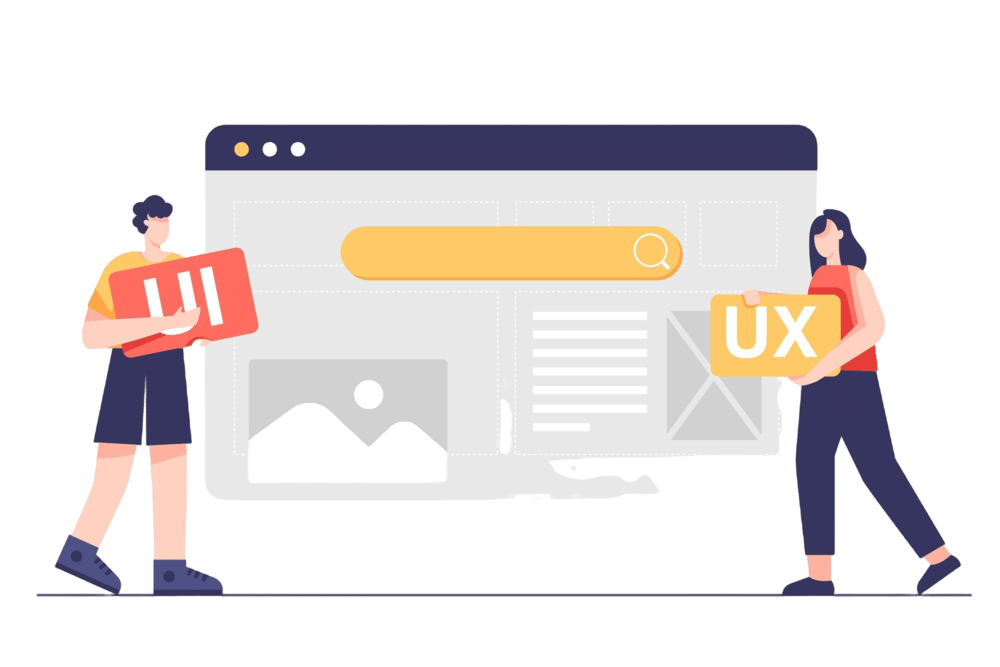
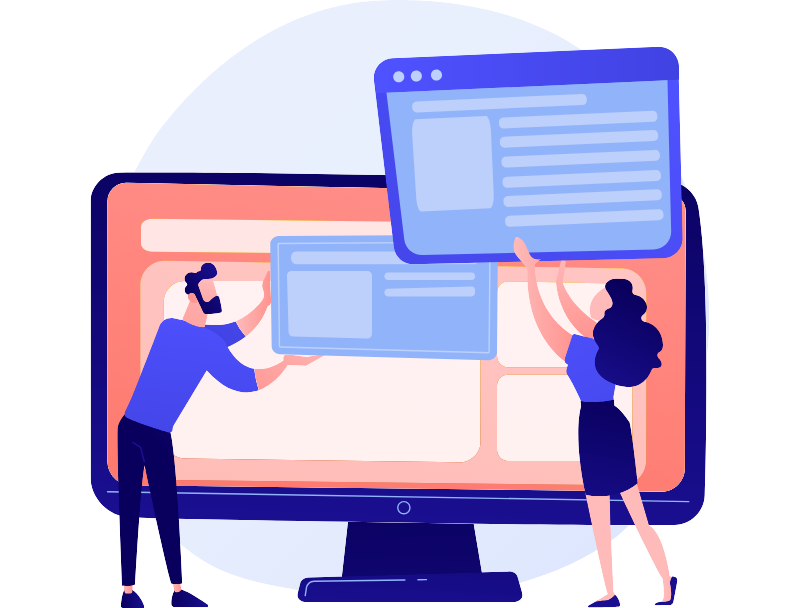
Content Freshness & Updates
Search engines favor fresh content, especially for topics where information changes frequently. Regularly updating content to include current statistics, trends, and relevant keywords keeps it relevant to users. Refreshing content also signals to search engines that the page is actively maintained, which can positively impact rankings. Periodic updates ensure that the page remains competitive and aligned with the latest search trends, helping it rank higher over time.
Using schema for specific types, such as LocalBusiness schema for local SEO, provides search engines with context and can improve CTR by making search results more informative and attractive.
Rich snippets offer users a snapshot of the page’s content directly in the search results, driving higher-quality traffic.

Benefits of On-Page SEO on Your Website
Improved Search Engine Rankings
Optimized pages rank higher in search engines, which drives more organic traffic.
Enhanced User Experience
Structured, well-organized pages are easier for users to navigate and increasing their time on site.
Higher Click-Through Rates (CTR)
Well-crafted title tags and meta descriptions entice users to click on your website over others.
Better Conversion Rates
When content aligns with user intent and is easy to find, users are more likely to engage with CTAs.
Higher Click-Through Rates (CTR)
An up-to-date, professional website builds confidence among visitors. An outdated or poorly designed site can deter potential customers, while a polished, modern design communicates reliability and professionalism. This is particularly important for San Jose businesses in industries such as tech, healthcare, and finance, where credibility and trust are paramount. A high-quality website reinforces your brand image and encourages trust, fostering long-term relationships with customers.
Seamless User Experience
A positive user experience (UX) is critical for keeping visitors engaged and building a favorable brand image. Professional San Jose web designers ensure smooth site navigation, quick access to key information, and a cohesive layout. By offering a frustration-free experience, your website encourages users to stay engaged, interact with your content, and view your brand positively. In San Jose’s competitive market, a memorable UX can set you apart from the competition and lead to repeat visits.
Get On-Page SEO Help from an SEO Expert
On-page SEO is critical for creating a strong digital presence, but implementing it effectively can be challenging. SEO experts can help by conducting keyword research, optimizing technical elements, and refining your content strategy to ensure your site ranks well. Working with an experienced SEO company, such as a Palo Alto SEO company, can provide the targeted expertise you need to compete in a dynamic market.
Whether you’re looking for SEO services in the Bay Area or need to improve your on-page performance, an SEO expert will customize strategies to suit your specific business goals. With expert support, your website can benefit from tailored Palo Alto SEO marketing services that boost visibility, enhance user engagement, and increase conversions.

Our Latest Case Studies and Success Stories

400% ROI with 70% cost savings for Petrus Landscaping
A Professional Services and Landscaping Industry Success Story achieving impactful results in a competitive landscaping market

15x ROI a full-service Marketing Campaign for Shraddha Impex
Expanding Lead Generation and Accelerating Organic Growth via Digital Channels - Automotive & Manufacturing Industry Case Study

600% Revenue Growth for a Party Planner Business
Our targeted digital marketing strategies helped boost their brand visibility and client reach - Event Management Company Case study

Customer Feedback
“After going through several SEO/Online marketing companies that had overcharged us and underdelivered, we are thrilled to have finally found Skysail Digital. Shraddha at Skysail is fantastic and provides not only a service, but an exercise in education and a learning process help you get the most out of online marketing efforts. We found that other online marketing companies would be very one dimensional in their approaches- providing only SEO or only social media marketing. ”
Ward Dilmore
Petrus Landscape - Founder“Skysail Digital has been an absolute game-changer for our business. Their SEO expertise helped us skyrocket to the top of search engine rankings, resulting in a significant increase in website traffic and conversions. Their personalized approach and unwavering commitment to our success make them a valuable partner in our digital journey.“ Definitely five stars!
Kinjal Mehta
CEO - Shraddha Impex“As a small business owner, I was initially skeptical about investing in digital marketing services. However, working with Skysail Digital has been one of the best decisions I’ve made for my business. Their team is responsive, knowledgeable, and truly cares about the success of their clients. I couldn’t be happier with the results!“
Devanshi Mota
Eastri - Founder“We’ve been working with Skysail Digital for several years now, and they continue to exceed our expectations. Their web design team transformed our website into a visually stunning and user-friendly masterpiece that truly reflects our brand identity. Their dedication to excellence and attention to detail make them a trusted partner in our quest for digital growth.“
Jinal Shahi
Plant It Events - FounderContact us today for a FREE consultation